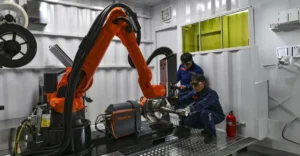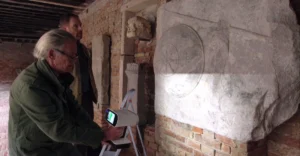Instec’s MX-Lab, the world’s only 6-metal 3D printer, accelerates alloy research with compact, affordable, and precise desktop manufacturing.
A groundbreaking 3D printer capable of mixing up to six metals simultaneously could transform how researchers develop new alloys. The “MX-Lab,” developed by 3D printing company Instec, recently won the prestigious IR52 Jang Young-sil Award, cementing its status as a game-changer in material science.
Unlike traditional methods, which require melting metals in bulk using industrial-scale furnaces, the MX-Lab fits on a desk and blends metal powders in real time with laser precision. There will be no need for expensive and time-intensive trials, dramatically reducing expenses and the duration needed to conduct the research.

The compact device addresses a major hurdle in alloy development: accessibility. Until now, labs relied on massive industrial 3D printers, which were expensive (costing hundreds of millions of won) and limited in precision for small-scale experiments. The MX Lab cuts production time to one-fifth while enabling intricate designs with minimal input researchers can skip complex CAD drawings and create structures with just a few figures.
Instec Director Lim Seung-hwan emphasized the device’s lab-friendly design, stating the goal is to equip every material research lab with MX-Lab. Over 40 units have already been deployed globally, including at Seoul National University, Brown University, and the U.S. Army Future Technology Research Institute.
Also read: Alpha Powders Upcycles Waste into 3D Printing Polymers
With its ability to accelerate discoveries and democratize advanced research tools, the MX-Lab could usher in a new era of rapid innovation in materials science.






























